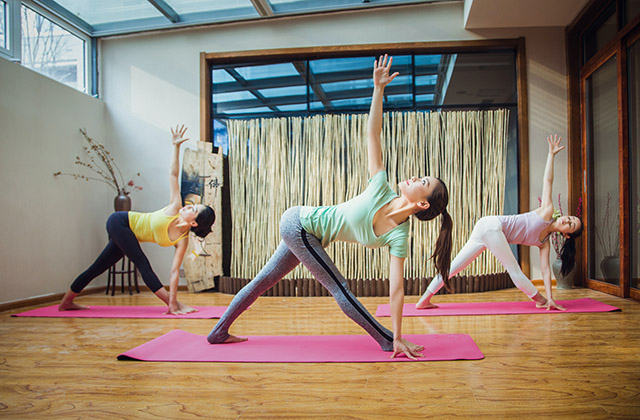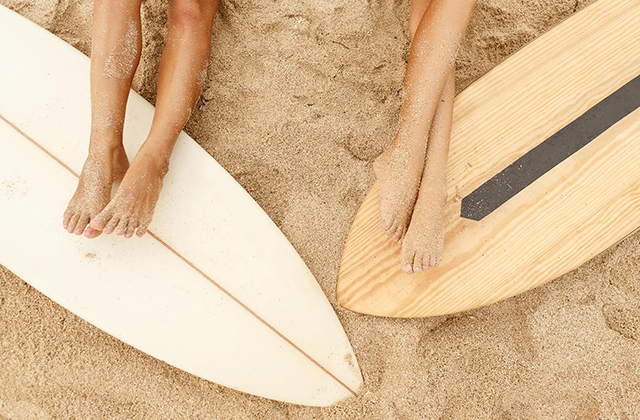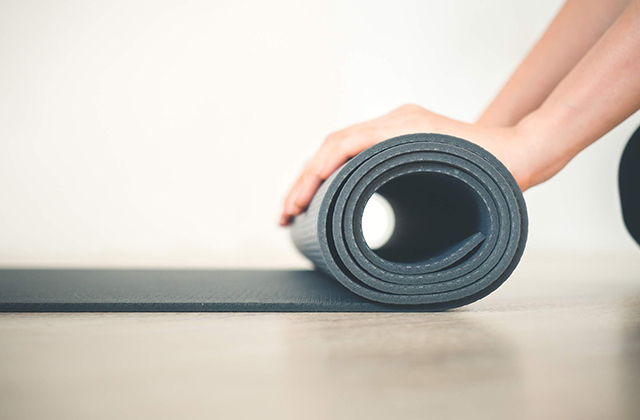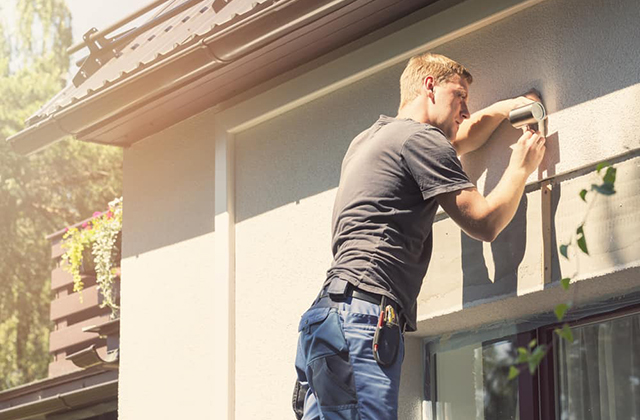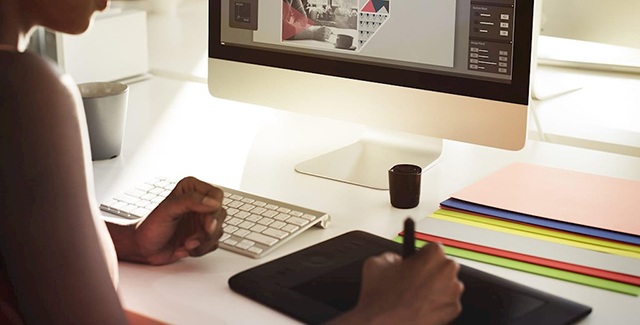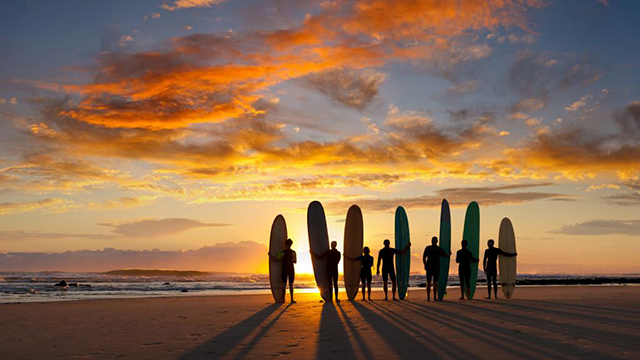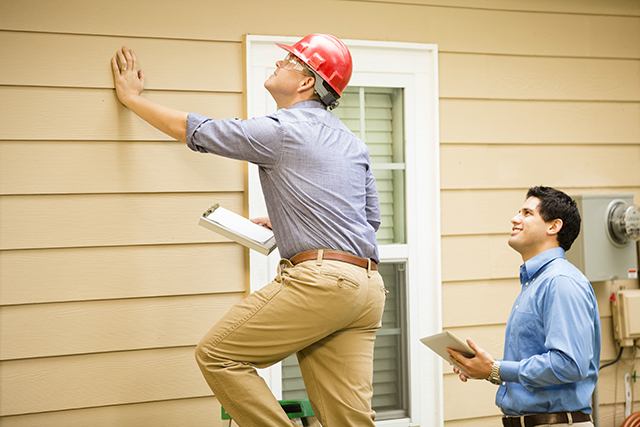Introduction
Pilates Northern Beaches is an exercise system that was first developed in the early 20th century by Joseph Pilates, who wanted to create a fitness regimen that would increase flexibility, strength and balance. Although the concept may sound simple on paper, it can be quite challenging when you’re performing exercises in class or at home. If you’ve ever wondered what exactly happens during a Pilate’s class or if a reformer is right for your needs, here are some important questions you should ask yourself before deciding which type of Pilates class is best for you:
The reformer was invented by the founder of modern Pilates, Joseph Pilates, and is a staple in most Pilates studios.
The reformer was invented by Joseph Pilates, the founder of modern Pilates. The reformer is a piece of equipment that consists of two parallel bars with springs attached to each bar. The springs provide resistance for many exercises, including push-ups and pull-ups. It’s also used for leg lifts and other floor exercises as well as rolling therapy for back injuries and rehabilitation. Many people use this type of equipment in their homes or at studios because it helps improve flexibility and strength while increasing coordination and balance as well.
While many of the exercises you can do on a reformer are also done on a mat, there are exercises that are only available on the reformer.
The reformer is a more expensive piece of equipment than most mats, but the benefits are worth the investment. A reformer allows you to do exercises that would be difficult or impossible on a mat. While many of the exercises you can do on a reformer are also done on a mat, there are exercises that are only available on the reformer.
The main advantage of using these machines is their stability and ease of use. They hold your body in place while you work hard, so there is no risk of injury due to instability or slipping off your mat during an exercise like leg lifts. This makes it ideal for beginners or people with balance issues who want to start working out at home without worrying about falling over and injuring themselves!
Reformers are great for low impact workouts.
The reformer is great for people with injuries. It’s low-impact and can be used to build strength in muscles that are weak or injured.
- Ideal for pregnant women (and their partners) who want an intense workout, but need to be careful not to overdo it.
- Perfect for seniors who want a Pilates exercise program but have difficulty maintaining balance or moving around easily. The apparatus itself will help them stay steady and comfortable as they go through the motions of each movement.
- Also ideal for anyone who is overweight or obese because it makes it easier on their joints throughout the entire workout process by providing a stable surface on which they can work out comfortably without risking injury from falling off balance during exercises like push-ups or planks due to too much weight being placed on one side of the body during these movements
The reformer engages your core as you move through each exercise.
The reformer is a machine that can be used to strengthen your core. Core strength is essential for any activity, whether you’re running a marathon or just walking through the grocery store. The core is made up of a series of muscles that make up your abdominal wall and back, including the deep abdominal muscles and pelvic floor muscle. These muscles are important for stability, posture and breathing capacity; they also help protect against injury.
The reformer engages these muscles as you move through each exercise. Since it’s not possible to cheat on this machine—you’ll have to use all the strength available to you—you’ll build more muscle mass than traditional Pilates routines do (although research has shown that both methods can result in similar gains in strength). What’s more: because this type of exercise targets these particular groups of muscles directly, using them often can help relieve lower-back pain caused by weak abs or poor posture over time!
You can use more props while doing Pilates on a reformer.
You can use more props while doing Pilates on a reformer. The reformer is one of the most popular pieces of equipment used in Pilates studios and often includes a variety of different tools that can be added to your routine, including balls, straps, belts, weights and more. These accessories help you achieve the correct form and position when performing exercises on the reformer. They also allow you to build strength and stamina without having to add extra resistance by using your own body weight alone.
Seeing the results isn’t hard to do, either.
Whether you are a beginner or have been practicing Pilates for years, reformer Pilates is a great way to see results. In fact, many people experience them in as little as three weeks of consistent practice.
It’s not hard to understand why this style of exercise is so effective when compared to other forms of exercise—it targets multiple areas with each session: the core, hips and back muscles; upper body strength; circulation; balance and coordination.
The best part? You can see results in the way your body looks and feels—and even more importantly—in how it moves as well!
It’s a good way to get started if you’re new to Pilates.
If you’re new to Pilates, the Reformer is a great way to start. It’s one of the most popular pieces of equipment used in Pilates studios around the world, and it allows users to get results quickly. The machine is especially good for beginners because it provides a deep stretch and burn on your muscles while also strengthening them through resistance training. You can expect to see improvements in range of motion, flexibility and balance over time as you work out on this machine.
Sign up for a Pilates class today!
Sign up for a Pilates class today! The best way to get started is to try a class at a local studio. Your instructor will be able to show you the ropes and help you avoid injury. Don’t be afraid to ask questions—they’re there to help, not discourage! If you’re looking for something low impact, reformers are great because they require less strength than some other machines.
Conclusion
Pilates is a great way to get yourself in shape and stay that way. The reformer is an excellent choice for those looking for an alternative to traditional Pilates, as well as those who want to do more than just sit on the floor. It’s ideal for people who struggle with mobility issues such as arthritis or back pain because it gives them access that they wouldn’t otherwise have without being able to go outside or travel far away from home.
